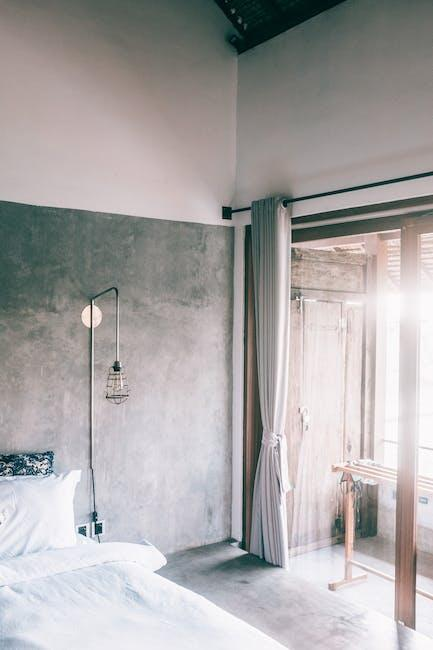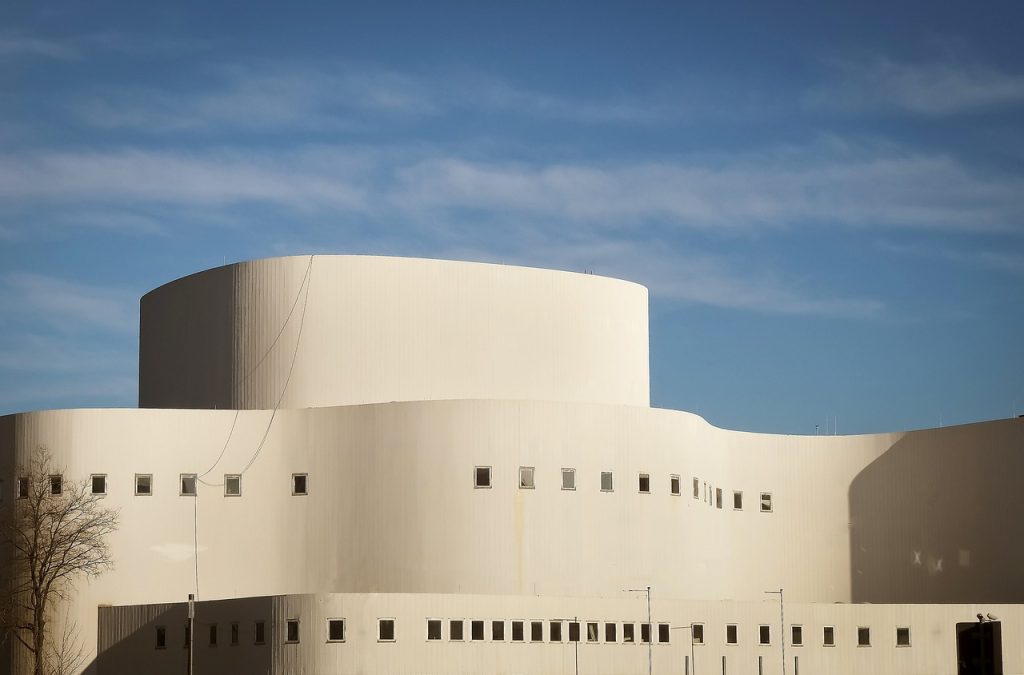The Pantheon in Rome is one of the most iconic ancient concrete structures. Built nearly 2000 years ago, its enormous unreinforced concrete dome remains the largest worldwide. The longevity and durability of this ancient Roman temple demonstrate why concrete continues to be the material of choice for modern construction. As concrete has withstood the test of time and the elements for centuries, it is the dominant material used in contemporary buildings because of its strength, durability, and sustainability.
Concrete is versatile, sturdy, and requires little maintenance, making it the ideal building material for structures built to last. Reinforced concrete allows architects and engineers to be creative in shaping tall buildings and expansive spaces. Its high compressive strength and resilience to stresses and natural disasters enhance concrete buildings’ stability and endurance. Concrete’s thermal mass also reduces heating and cooling costs for more eco-friendly structures. While the look of raw concrete exteriors provides a modern, stylish aesthetic, concrete can also be molded, colored, and textured to fit any style. Concrete’s longevity, low maintenance, and design flexibility make it the premier construction material for contemporary buildings made to stand the test of time.
Durability That Withstands the Elements
Concrete’s mineral composition provides unparalleled weathering, corrosion, and typical wear and tear resistance. The limestone and volcanic ash in concrete chemically react and harden into a solid binding material. This hardness makes it impervious to the outdoor elements, enabling it to withstand heavy rains, ultraviolet light, freeze-thaw cycles, and extreme heat with slight deterioration. When subjected to moisture and humidity, concrete won’t rust, rot, or decay like wood and steel. Properly mixed and cured concrete gains strength over time, lasting over 100 years with minimal maintenance required.
Modern engineering techniques allow the creation of durable concrete optimized for diverse climates and environments. Concrete can be poured across immense surfaces without seams, preventing water intrusion and damage that could undermine other building materials. Durable concrete rests on a firm foundation, maintaining its stability and strength over decades of use. With infrequent repairs needed, concrete structures have lower maintenance costs compared to other building materials. From hot desert climates to tropical humidity to freezing arctic environments, durable concrete stands up to the elements anywhere structures are built to last.
Unparalleled Strength and Safety
While ancient Roman concrete was unreinforced, modern concrete achieves incredible strength through internal steel reinforcement. The reinforcing steel bars, cages, and cabling provide tensile strength to withstand shear stress and bending forces. This complementing combination of malleable steel and ultra-strong concrete allows the construction of soaring skyscrapers, expansive parking garages, long bridges, and seismic-resistant structures. The reinforcement boosts concrete’s naturally high compressive strength for safe structures that bear heavy loads and endure extreme conditions.
Reinforced concrete’s sheer strength can counteract forces from high winds, heavy rains, and seismic events. Its rigidity provides critical resistance during earthquakes and typhoons, protecting buildings against collapse. Concrete absorbs and dampens shock waves, standing firmly in place when other building materials might fail and crumble. Structures made of reinforced concrete meet the most stringent building codes for health and safety. Reinforced concrete is the best choice when durability, longevity, and occupant protection are required. For contemporary buildings where strength and safety are fundamental design priorities, concrete is preferred over materials more vulnerable to the forces of nature.
Sustainable and Eco-Friendly Attributes
Beyond its innate durability and strength, concrete offers sustainability through its natural composition and thermal attributes. As infrastructure material consumption grows worldwide, concrete satisfies demand by incorporating recycled supplementary cementitious materials such as fly ash, slag, and silica fume. These recycled products prevent industrial byproducts from reaching landfills and reduce the cement required, lowering the carbon footprint in concrete production.
Concrete’s thermal mass is another eco-friendly benefit, as its ability to absorb and store heat reduces the energy required for heating and cooling buildings. The thermal mass effect enhances passive solar design, trapping warmth during the day and releasing it slowly when the temperature drops. This saves on utility bills and energy usage over the structure’s lifetime. Studies show the thermal mass of concrete buildings can reduce the heating/cooling load by over 20% compared to other common building materials.
Concrete has a lower carbon footprint than other building materials per equivalent square footage. Sustainable concrete helps the environment by reducing energy consumption in lighting, heating, and cooling and keeping recycled industrial byproducts out of landfills. It’s clear why concrete is the most prevalent green building material used worldwide.
Aesthetic Adaptability
While often associated with stoic grey block structures, modern concrete has become versatile in application and aesthetic presentation. Concrete starts as a blank canvas that can be molded, sculpted, patterned, etched, or colored to match any design style or discerning taste. Its fluidity allows it to be poured and set into almost any imaginable shape. Smooth curving surfaces, unique textures, intricate patterns, and custom designs can be achieved with creative concrete formwork and finishing techniques.
The look of raw, exposed concrete has come into vogue, celebrated for its stark, modern styling in homes and offices. But concrete can also complement historic brick facades or blend into natural stone surfaces. Stains and pigments allow colored concrete that adds vibrancy and style indoors and out. Polished concrete floors have replaced vinyl and carpet in contemporary homes. Block, poured, and precast concrete can all adapt to the desired form and finishes a building requires. This aesthetic flexibility makes concrete ideal for eye-catching contemporary designs and blending into traditional construction.
Conclusion
Concrete has proven its versatility, strength, and durability over millennia of architectural innovation and challenging environmental conditions. Concrete provides the ideal canvas for visualizing soaring towers, expansive auditoriums, or sleek modern homes. It empowers engineers and architects to make creative visions a reality without limiting form or function. Concrete achieves the optimal balance of malleable aesthetics, unmatched strength, and enduring longevity.
Modern concrete homes and buildings will continue to stand tall for generations beyond construction. As trends come and go, broad adoption and preference for concrete in contemporary construction comes down to its critical characteristics: long-lasting durability, incredible strength and safety, eco-conscious sustainability, and adaptable aesthetics. Set your sights on concrete for contemporary buildings made to stand the test of time.


